

As the Arabian Gulf presses ahead with $60 billion worth of airport developments, Dubai has made considerable headway with its headline-grabbing projects that currently account for more than one-fifth of the total regional spend on airport infrastructure.
These include the greenfield $8.2 billion JXB airport, which is part of $33 billion Dubai World Central (DWC) aviation community, and the ongoing $4.5 billion expansion of the emirate’s existing Dubai International Airport.
What is interesting to note is that these airport developments could spawn off massive secondary aviation infrastructure investments in the region – a concept that Dubai has pioneered with the DWC, and which Abu Dhabi is set to emulate with its mammoth airport city.
According to Sheikh Ahmed bin Saeed Al Maktoum, chairman of Dubai Aviation Corporation – Dubai World Central (DWC), the Dubai government has committed a whopping $82 billion for aviation infrastructure growth over the long term, leading the way across the Middle East, African and South Asian markets, which are part of a global aviation market worth an estimated $2.6 trillion by 2025.
The fact that the world recognises the region’s aviation potential was reflected in the record gathering of suppliers from around the world at the Airport Show held in Dubai last month. More than 500 suppliers – up 25 per cent on last year – were represented at three-day event, seeking a slice of the regional aviation boom which, apart from DWC and the revamp of Dubai International Airport, includes the $7 billion New Doha International Airport project (see separate report), the $6.8 billion expansion of Abu Dhabi International Airport (see next issue of GCM).
DWC
JXB airport is at the core of the massive 140 sq km DWC urban aviation community being built in Jebel Ali just 40 km from Dubai city centre. This new facility will be 10 times the size of the current Dubai International Airport and Dubai Cargo Village combined.
Tenders worth Dh6 billion ($1.6 billion) have been awarded for work on DWC, which is slated to feature the world’s largest airport, according to a DWC spokesperson.
Of the tenders awarded, Al Naboodah Contracting has secured three major contracts worth more that Dh2.6 billion for work on the runway, taxiways, airfields and roads. Already, work on the runways has progressed to such an extent that the first of these runways will be operational in October this year.
“Over 70 per cent of JXB’s first 4.5-km Category III runway is complete with the target month for completion set for October 2007,” says Sheikh Ahmed. “This first runway – of a six – will enable the Dubai World Central Airport (JXB) and Dubai Logistics City (DLC) to commence operations in mid-2008 as the world’s largest freighter airport and cargo hub.”
Al Naboodah Contracting, which is building the runway – labelled Runway 12/30 – has over 600 personnel on-site working on three parallel taxiways and associated rapid exits, the airside road network and infrastructure services such as airfield lighting, power, water, fire-fighting and drainage network.
The airport’s six parallel runways are all 4.5 km in length and separated by a minimum of 800 m. The airport features a 92-m-high control tower – expected to be the highest in the Middle East – the ‘flower concept’ icon design of which will create an aviation landmark for the region.
In conjunction with the adjacent DLC and Jebel Ali port and free zone, JXB forms the world’s first truly integrated multi-modal logistics platform with all transportation modes, logistics and value-added services, such as product manufacturing and assembly, coming together in a single-bonded free zone environment.
The first phase of this massive development has seen 40 design and construction packages being given away on the airport and the key zones such as DLC, Residential City and Aviation City. The passenger terminal, cargo mega terminal and control tower are already under construction while the executive terminal is still in the design stages.
A joint venture between Arabtec and Max Bogl is working on the cargo terminal building, passenger terminal and air traffic control tower after being awarded three packages worth Dh519million.
Work has also commenced on the ancillary buildings.
The turnkey construction of DLC’s headquarters and office park has gone to Kuwait-based M A Kharafi and Sons, a $3.3 billion privately-owned group with interests across 33 countries. Completion is scheduled for March 2009.
Meanwhile, the contract for the construction of two central utility complexes (CUCs) to meet the district cooling requirements for DWC’s phase 1 facilities has gone to The National Company, part of the Kharafi Group. The first CUC will serve the airport area while the second will cater to DLC’s headquarters and the Office Park.
Other tenders that have been awarded include utilities and power substations, fuel farms and radars. It is estimated that a sum of Dh1 billion will be allocated to the runway and associated taxiways, Dh900million to develop the airfield facilities (aprons and taxiways), Dh737m will go towards roads and infrastructure and Dh278million is to be devoted to the cargo terminal and building package.
The phased construction of DWC will eventually cater to more than 120 million passengers. This, together with the added capacity of 30 million to 70 million at the Dubai International Airport before 2020, will make Dubai one of the leading hubs in the global aviation industry. JXB, when completed, is also designed to handle 12 million tonnes of cargo annually.
DWC creates a new benchmark in urban planning and destination living designed to support Dubai’s aviation, tourism, commercial and logistics requirements until 2050.
Eventually home to 750,000 people, DWC will be true ‘city-within-a-city’ with all the amenities that make up a world-class residential destination.
DWC will also include a Commercial City, Enterprise Park and a 36-hole golf resort.
JXB will be linked to the existin Dubai International Airport (DXB) via an express rail system and ultimately will be serviced by the Dubai Light Railway Network (Dubai Metro). Some 100,000 car parking spaces will be available for airport parking and car rental services.
Dubai International Airport
Meanwhile, work is peaking at the new Dubai airport expansion project even as electromechanical work is going on in most of the sections of the development.
Dubai’s Department of Civil Aviation (DCA) instigated the phase two expansion programme of the airport in June 2002. The project – currently one of the largest airport developments in the world – involves the construction of Terminal 3, Concourse 2 and Concourse 3 – to be used exclusively by Emirates airlines – Cargo Mega Terminal (CMT) and a $137 million upgrade to the existing Terminal 2.
Although the initial cost was an estimated Dh9.25 billion ($2.51 billion), DCA’s director, engineering projects, Khalifa Al Zaffin tells GCM that the DCA is over budget “by about 15 per cent”.
“We are currently in an environment where contractors are stretched, so is building material supply and expertise at all levels. Construction in this part of the world is not easy sailing like it used to be… however, nothing is unsolvable,” he says.
“The second runway is almost complete, however, we are still awaiting certifications. This in itself is a two-month process and we hope to open it by the end of August. After finishing the airport, there are a lot of trials and systems to be incorporated. So we imagine that the entire work on construction will finish by the end of this year,” continues Zaffin.
Directly connected to Terminal 3, concourse 2 is dedicated exclusively to Emirates. The building will include a multi-level structure for departures and arrivals at Dubai Airport incorporating 27 contact gates and 59 passenger-loading bridges.
Concourse 2 will include five aerobridges capable of handling the new Airbus A380 Super Jumbo. The two concourse buildings will be linked via these airbridges enabling transiting passengers to move freely between the two buildings. Concourse 3 is specially designed to accommodate the latest A380 aircraft. This multilevel concourse will house the arrival and departure terminals and the first and business class lounges with extensive people movers connecting different areas of the building. Concourse 3 will be a scaled-down version of concourse 2, incorporating climate-controlled lounges. It will have 27 contact gates, of which 12 will be for the A380. The two concourses will be connected via electric buses.
“We have expanded the arrival and luggage halls in this concourse,” says Zaffin. “The facility will also be home to 12,000 sq m lounges and will feature 80 five-star hotel rooms and 400 four-star rooms in an area of 2,600 m. So far, Al Naboodah-Laing is running a little behind schedule but the work on Concourse Two and Three is nearly complete. The kerbside of Terminal Three is under progress and the cladding is taking shape. It has started to look just like the original design. The arrival hall is almost complete.”
“At the Cargo Village, the quality of material to be used has been upgraded with one part of the facility is already up and running. The central utility complexes CC1, CC3 and CC4 are complete. Work on CC6 is under way this is one of the largest facilities and it should finish by the end of August,” he adds.



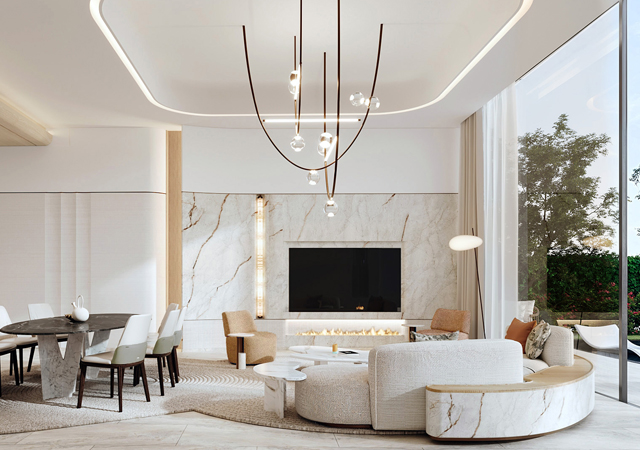
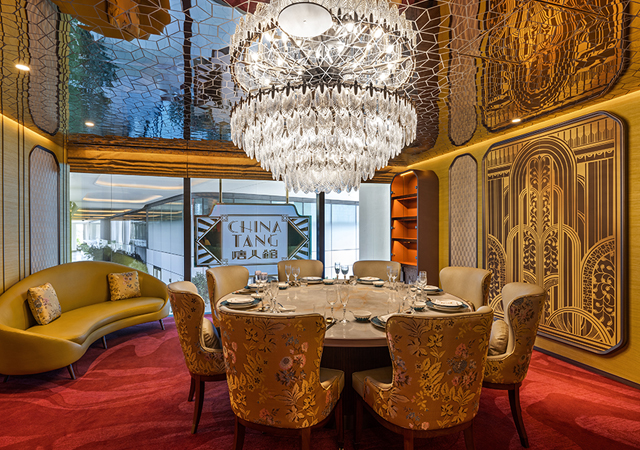
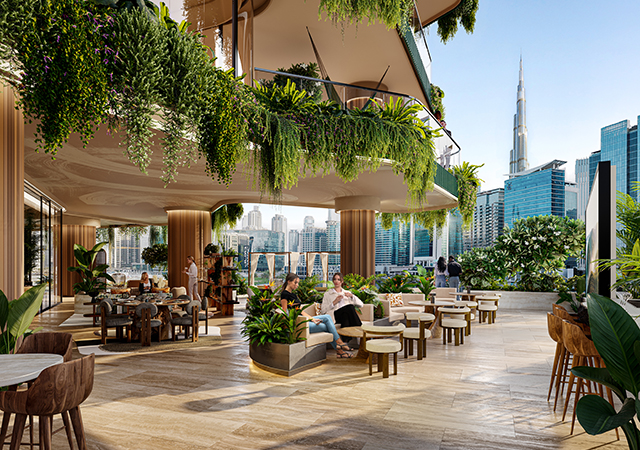
.jpg)


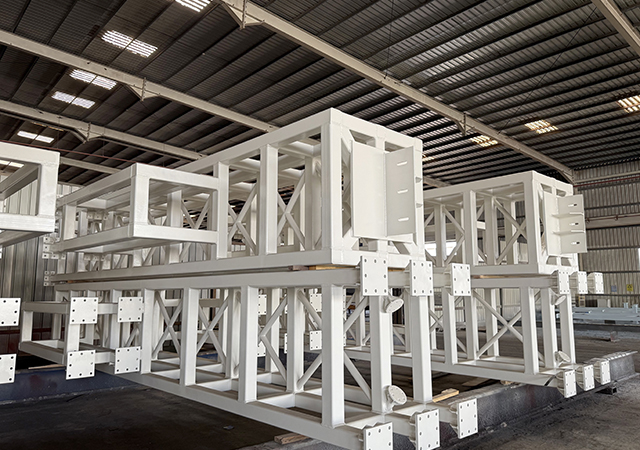




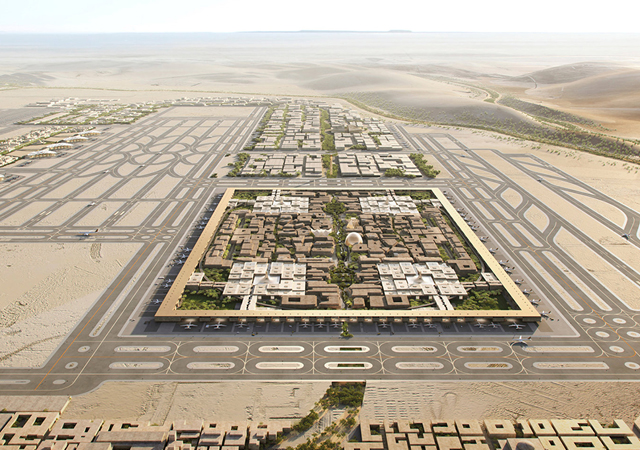
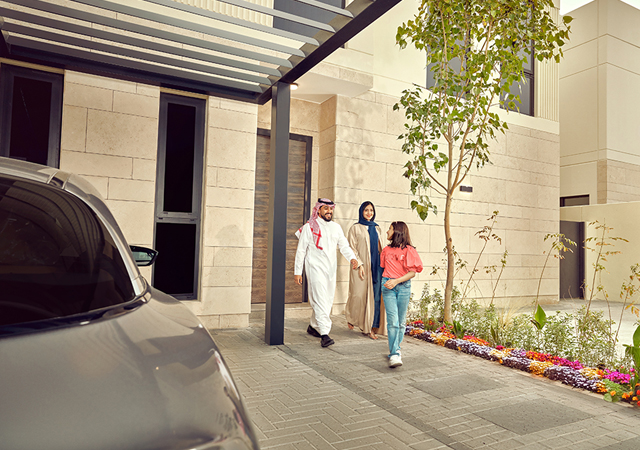
.jpg)
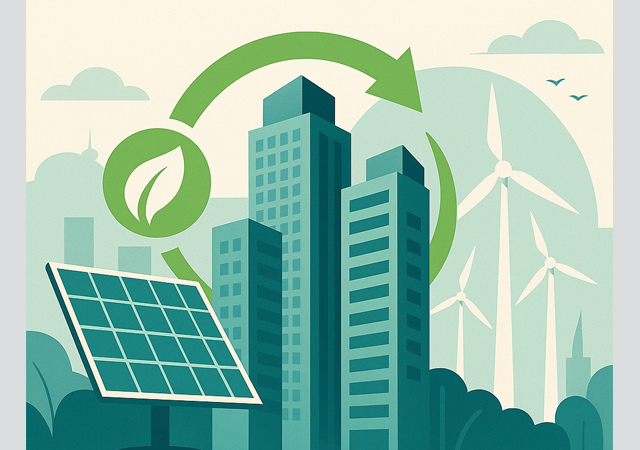



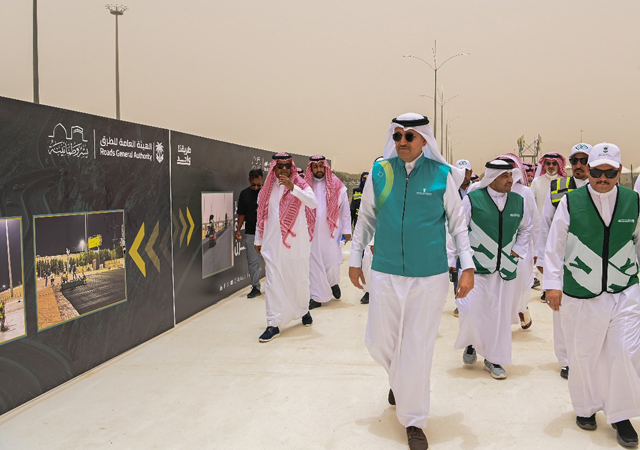

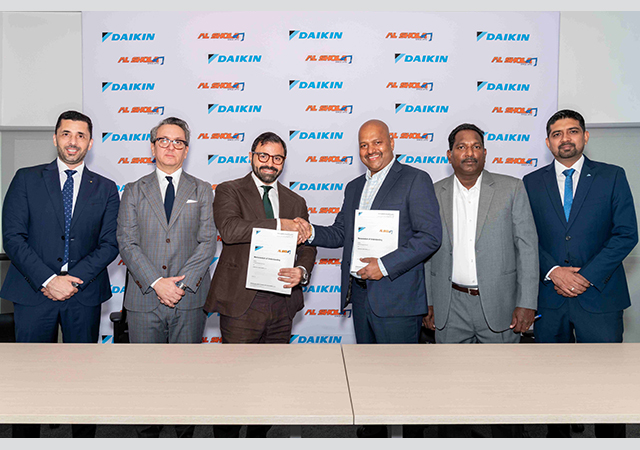

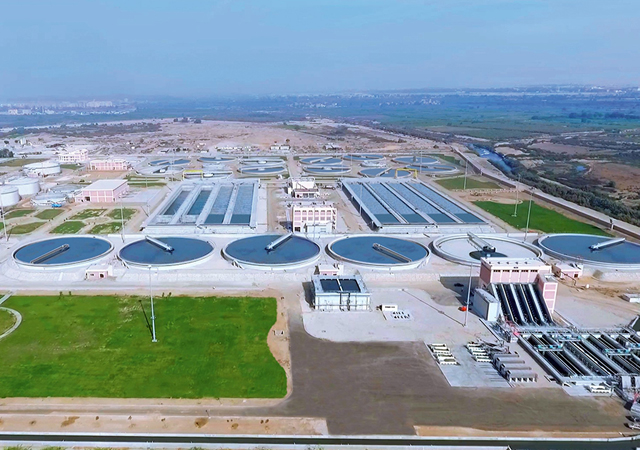
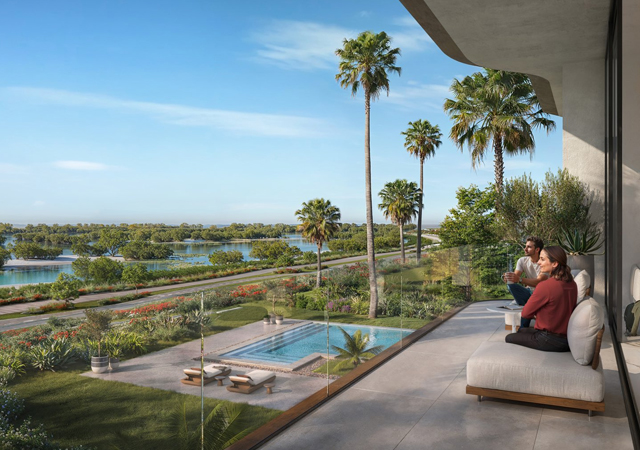
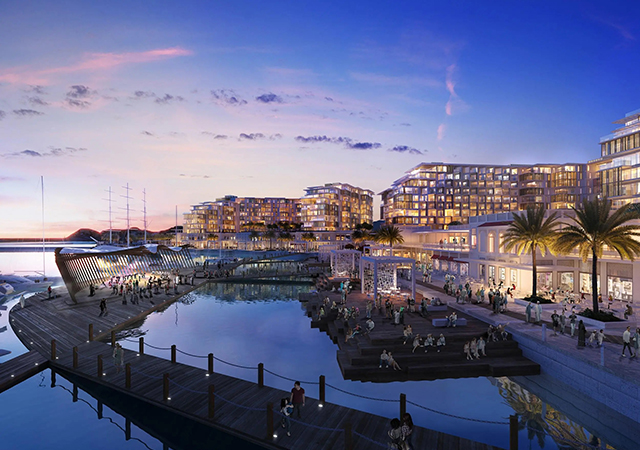

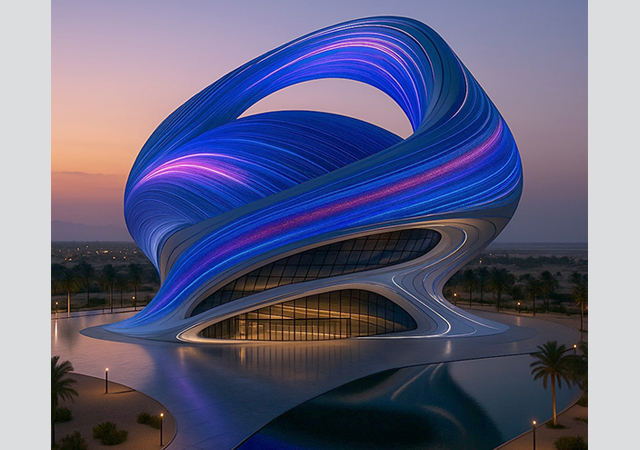

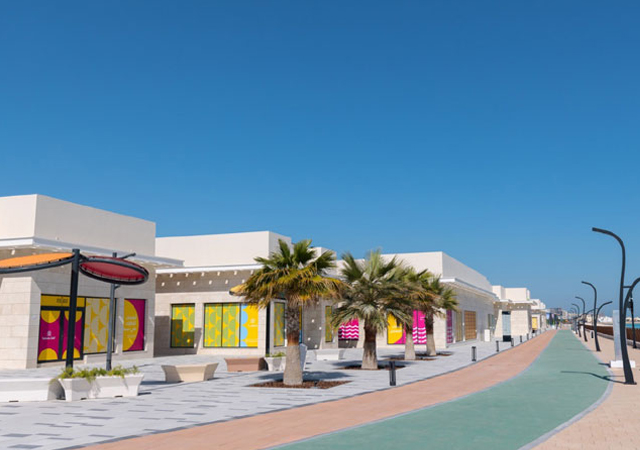

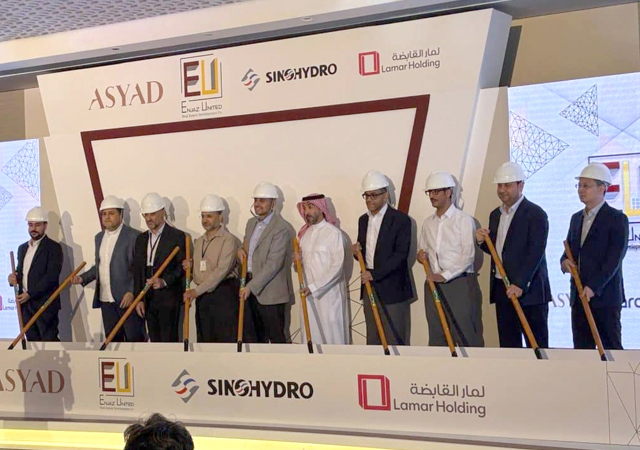
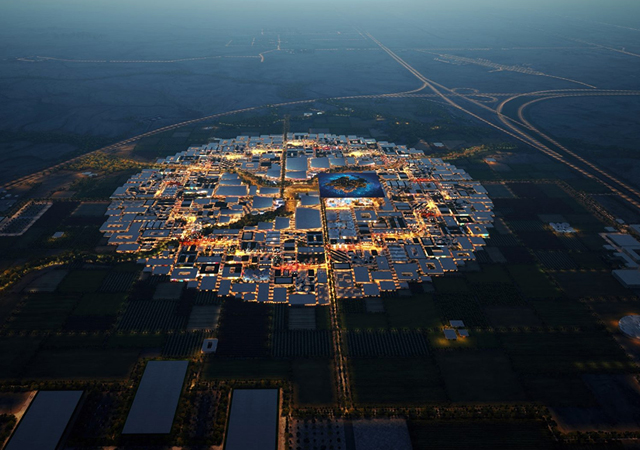
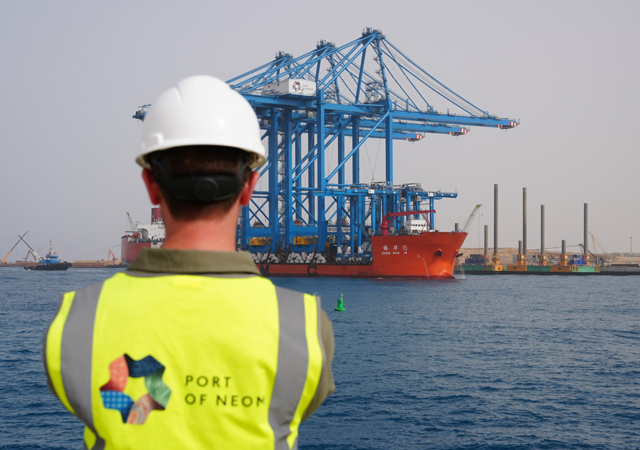
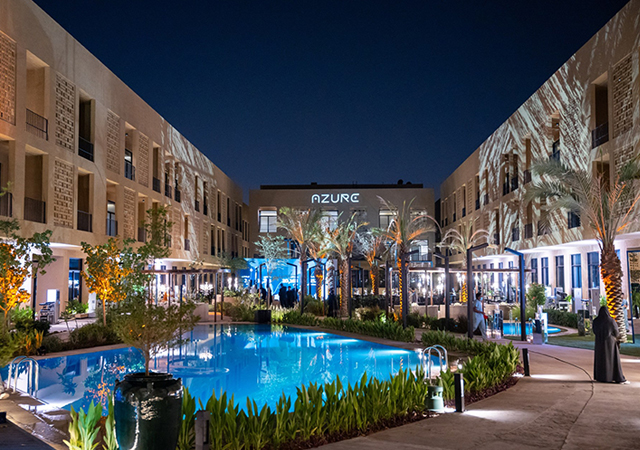
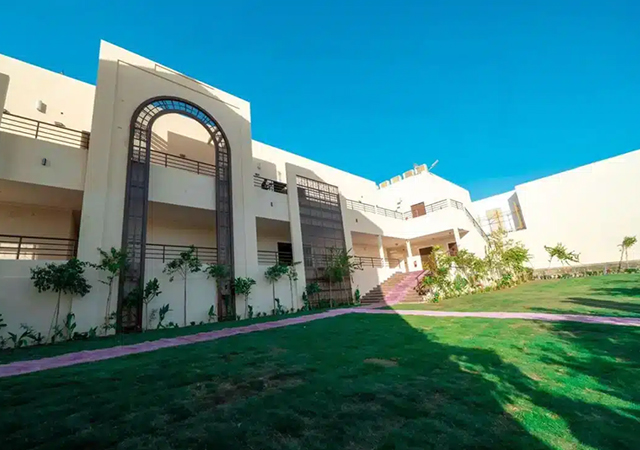


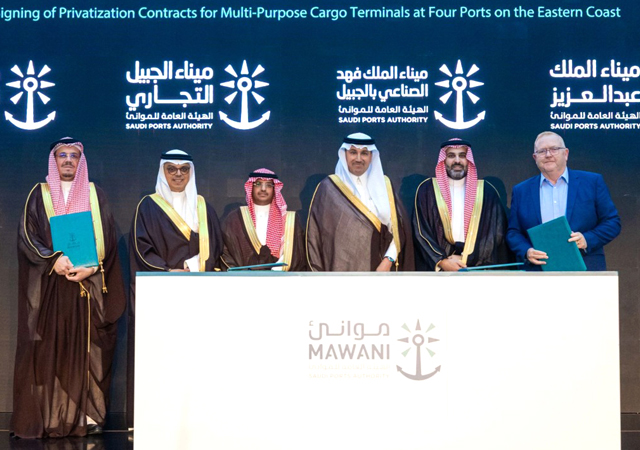
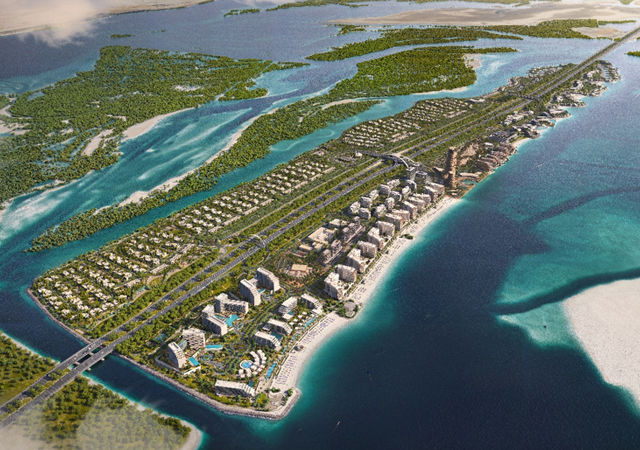

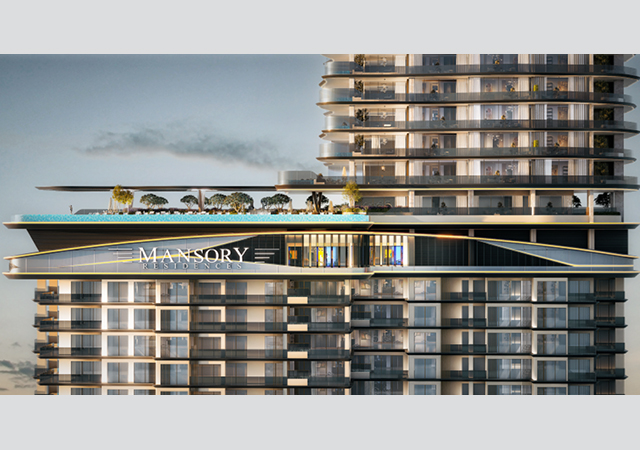
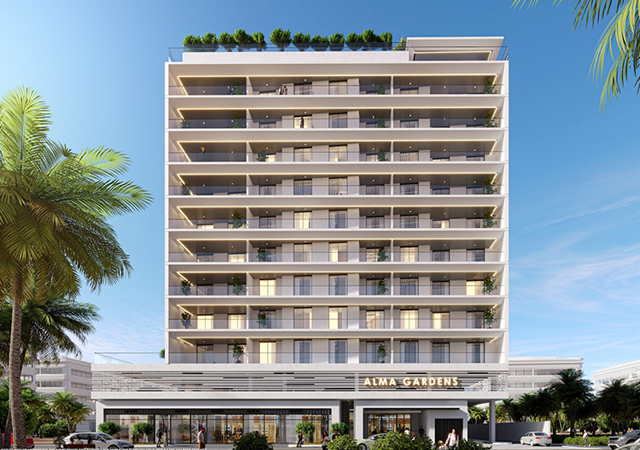

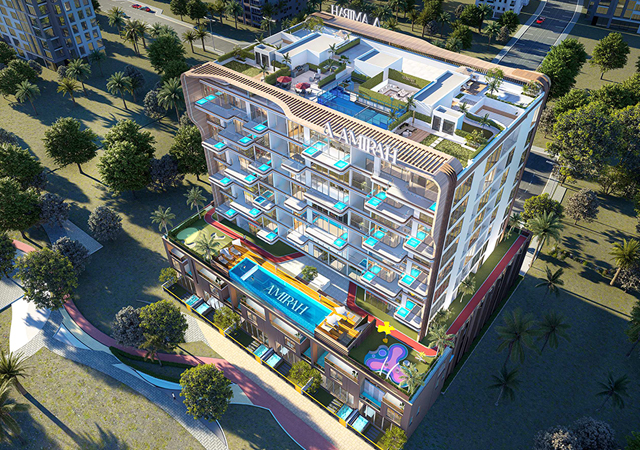
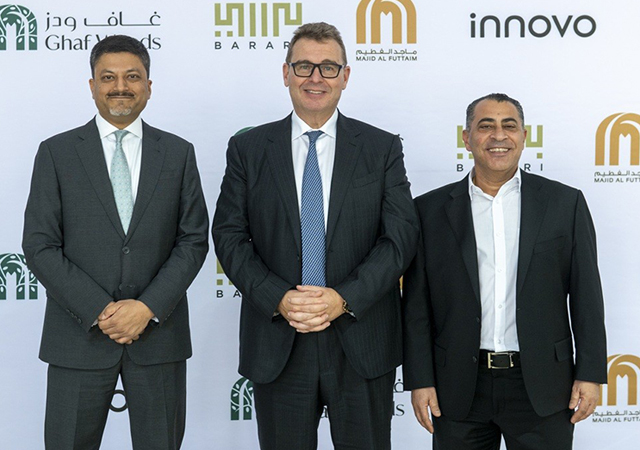
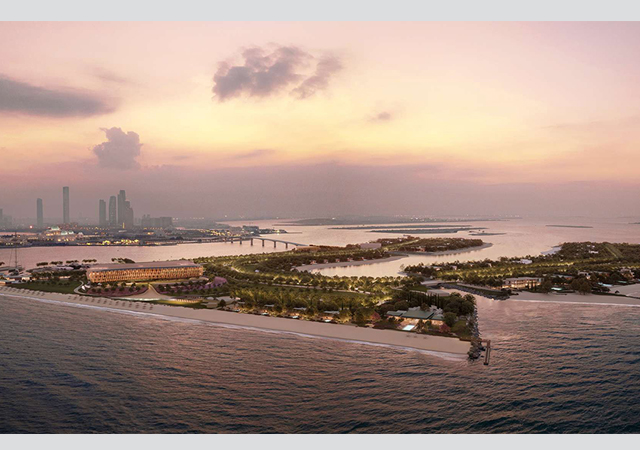
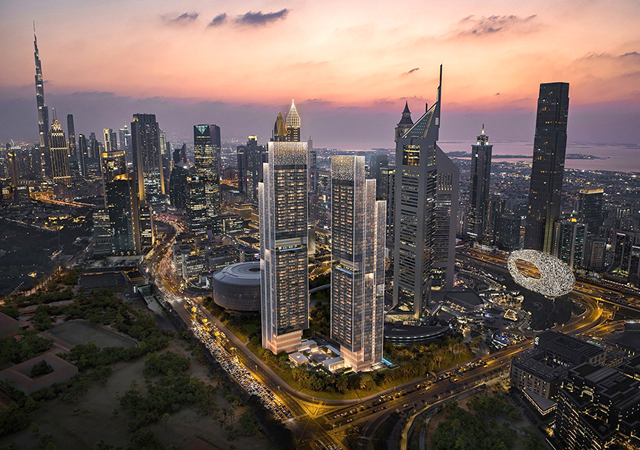
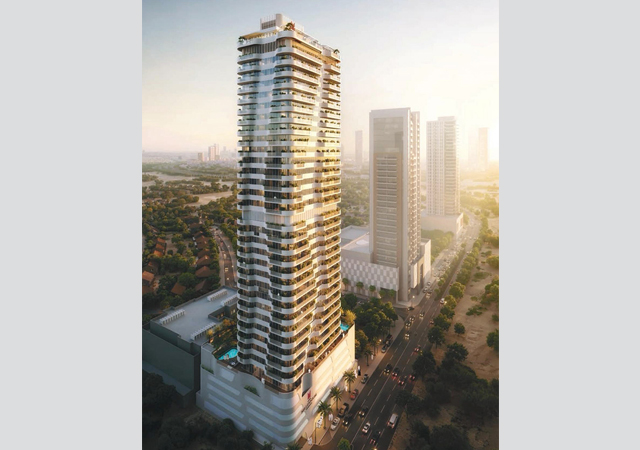
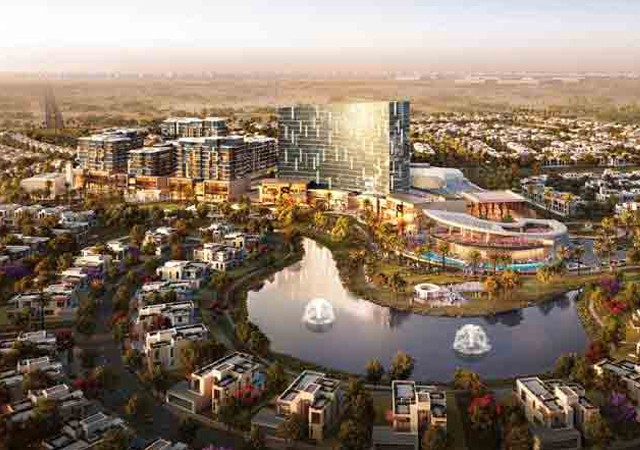
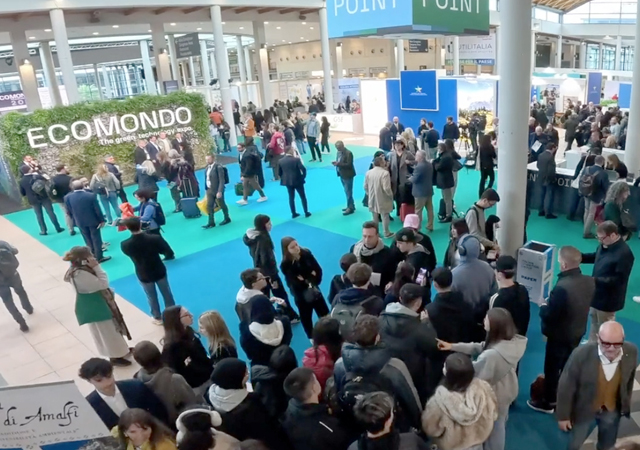
.jpg)



